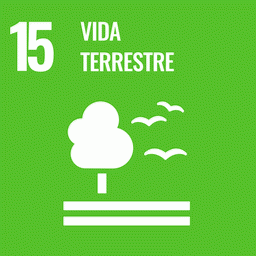Nations will reaffirm their commitment to reducing greenhouse gas (GHG) emissions during the 26th United Nations Climate Change Conference (COP26; www.ukcop26.org), in Glasgow, Scotland, in November 2021. Revision of the national commitments will play a key role in defining the future of Earth’s climate. In past conferences, the main target of Amazonian nations was to reduce emissions resulting from land-use change and land management by committing to decrease deforestation rates, a well-known and efficient strategy. However, human-induced forest degradation caused by fires, selective logging, and edge effects can also result in large carbon dioxide (CO2) emissions, which are not yet explicitly reported by Amazonian countries. Despite its considerable impact, forest degradation has been largely overlooked in previous policy discussions. It is vital that forest degradation is considered in the upcoming COP26 discussions and incorporated into future commitments to reduce GHG emissions.

